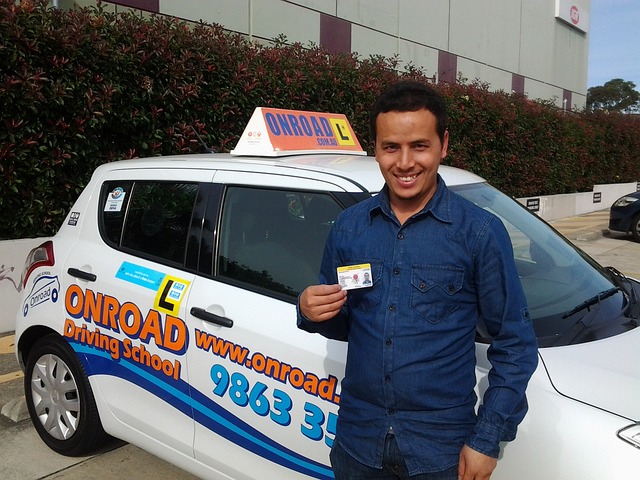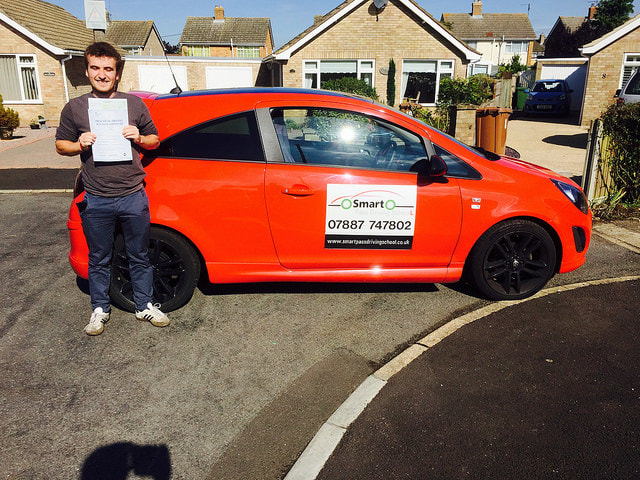Goals for Your Driving Lessons

In the journey towards becoming a proficient driver, setting clear and achievable goals is akin to charting a course on a map. Each goal becomes a milestone, guiding you along the path to mastery. Whether you’re a novice behind the wheel or looking to refine your skills, understanding the importance of goal-setting in driving lessons can significantly enhance your learning experience.
The Significance of Setting Goals
Goal-setting serves as the compass that directs your efforts and resources towards a specific destination. In the realm of driving, this means defining what you aim to accomplish within a given timeframe. Goals provide clarity, motivation, and a sense of direction, making your learning journey more structured and purposeful.
Clarity in Objectives
When embarking on driving lessons, it’s essential to identify your objectives clearly. Are you aiming to obtain your driver’s license? Do you want to master parallel parking or highway driving? By delineating your goals, you can tailor your lessons to focus on the skills and maneuvers that matter most to you.
Motivation to Progress
Setting achievable goals fuels your motivation to progress. Each milestone reached, whether it’s confidently executing a three-point turn or navigating complex intersections, boosts your confidence and encourages further advancement. With each achievement, you reinforce the belief in your abilities, propelling you closer to success.
Direction for Learning
Just as a roadmap guides travelers on their journey, goals provide direction for your learning experience. They help your instructor customize lesson plans and exercises to address areas where improvement is needed. Whether it’s practicing defensive driving techniques or mastering the art of smooth gear shifts, every lesson becomes purposeful and tailored to your objectives.
Strategies for Effective Goal Setting
Crafting meaningful goals requires careful consideration and planning. Here are some strategies to help you set objectives that propel you toward driving success:
1. Specificity is Key
Ensure your goals are specific and measurable. Instead of vaguely aiming to “become a better driver,” specify what skills or maneuvers you want to improve, such as parallel parking or merging onto highways. This clarity allows you to track your progress more effectively.
2. Realistic Yet Challenging
While it’s essential to set goals that are attainable, they should also push you beyond your comfort zone. Striking the right balance between realism and challenge ensures that your goals stretch your abilities without overwhelming you.
3. Set a Timeline
Assigning deadlines to your goals creates a sense of urgency and accountability. Whether it’s aiming to master a particular maneuver within a month or passing your driver’s test by a specific date, setting timelines helps you stay focused and on track.

4. Break it Down
Break larger goals into smaller, manageable tasks or milestones. This not only makes the overarching goal less daunting but also allows you to celebrate incremental successes along the way.
5. Flexibility and Adaptability
Stay flexible in your approach to goal-setting. As you progress through your driving lessons, you may discover new areas for improvement or encounter unforeseen challenges. Be willing to adjust your goals accordingly to reflect your evolving needs and circumstances.
Conclusion
Embarking on the road to driving success is much like embarking on a journey to an unfamiliar destination. Setting clear and achievable goals serves as your roadmap, guiding you through each twist and turn with purpose and determination. By defining your objectives, staying motivated, and embracing a strategic approach to goal-setting, you can navigate the challenges of learning to drive with confidence and competence.
Remember, the road to success is not always smooth, but with well-crafted goals as your guide, you’re equipped to overcome any obstacles that may come your way. Looking for a reliable Driving instructor? Then visit their page for further info.



